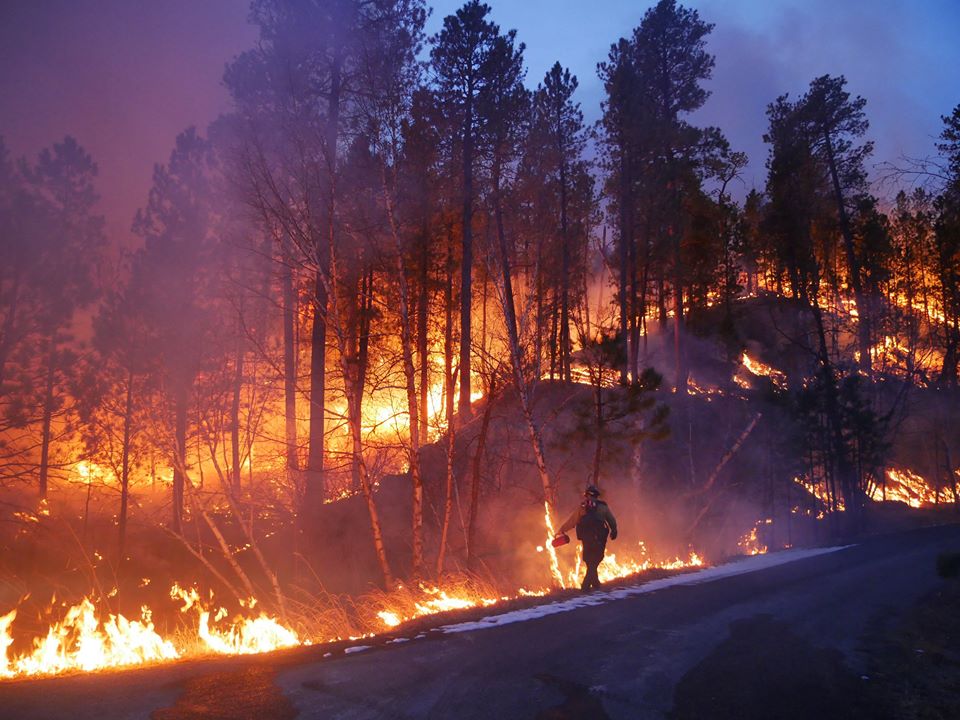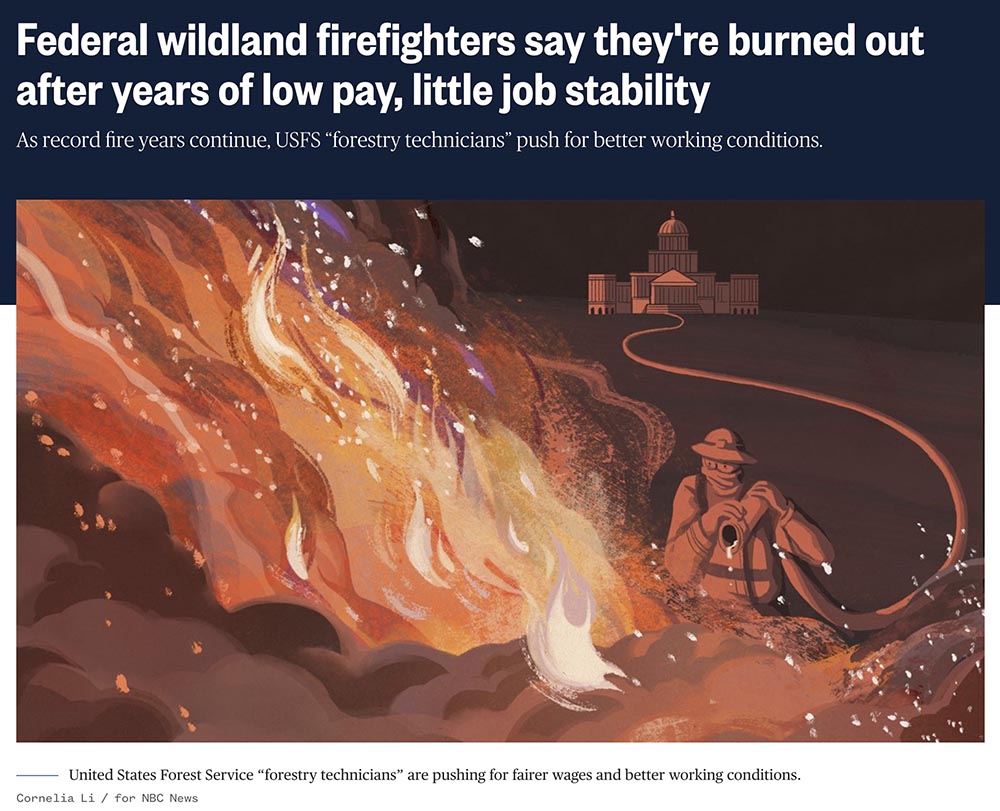
A forestry technician whose primary duties were fighting fire resigned in November after a six-year fire management career in the Pacific Northwest, most recently on the Okanogan-Wenachee National Forest.
The person asked us not to reveal their name and wants to be identified only by the initials, “BC”. The forestry tech had a permanent part-time appointment, guaranteed six months of work each year as a GS-5. They said they had good performance ratings from their supervisor who was hoping the person would come back to work the next season.
They sent us a copy what what was described as their resignation letter, saying, “I am sharing this with you in hopes to shine a brighter light on what I saw in my short time with the agency as shortfalls and areas for improvement.”
Reading the eight to ten issues that led the person to a life-changing decision can perhaps shine a light on conditions facing other federal fire personnel.
Here is the letter. Acronyms that have been replaced with text are in [brackets]:
I will be resigning from the U.S. Forest Service effective immediately due to a multitude of factors including but not limited to-
- Lack of a living wage: leading to reliance on [hazard] and [overtime] pay and putting firefighters in dangerous situations when risks to environment is low.
- Lack of locality pay.
- Chronic prolonged exposure to cancer causing smoke and pollutants.
- Lengthening fire season/expectation of pay periods worked.
- Lack of financial compensation for being on call for over 6 months straight.
- Lack of financial incentive or legal backing for EMT’s such as myself working for Type 2 organizations. Apparently EMT’s on type 1 crews are “worthy” while I’m not. If I’m important enough to be put on an [Incident Action Plan] as an EMT then I’m important enough to be backed by a medical director and paid for my skills.
- Minimum wage in Washington being higher than take home pay for GS-5 wages.
- Lack of off season support from the Agency (mental health, healthcare, employment/job placement).
I thoroughly appreciate the opportunities that this job and organization have afforded me. I have fought fire in places, and environments that I would have otherwise never seen. I have created bonds and memories that will last a lifetime. And for that I am thankful. However, this organization needs to have a serious moment of introspection; the bread and butter of our firefighting operations across this country are seasonal temporary employees — who are overworked and underpaid.
Things need to change, and I can’t risk my physical, mental, and financial well-being waiting for those changes to occur. My four years with the U.S. Forest Service has been very eye opening to say the least. In order to do what’s best for me and my life, I feel it is time for me to hang up the line gear and move on to more stable and financially rewarding work. I appreciate everyone that I worked with, and for, on the Entiat Ranger District.
I am resigning effective immediately.




